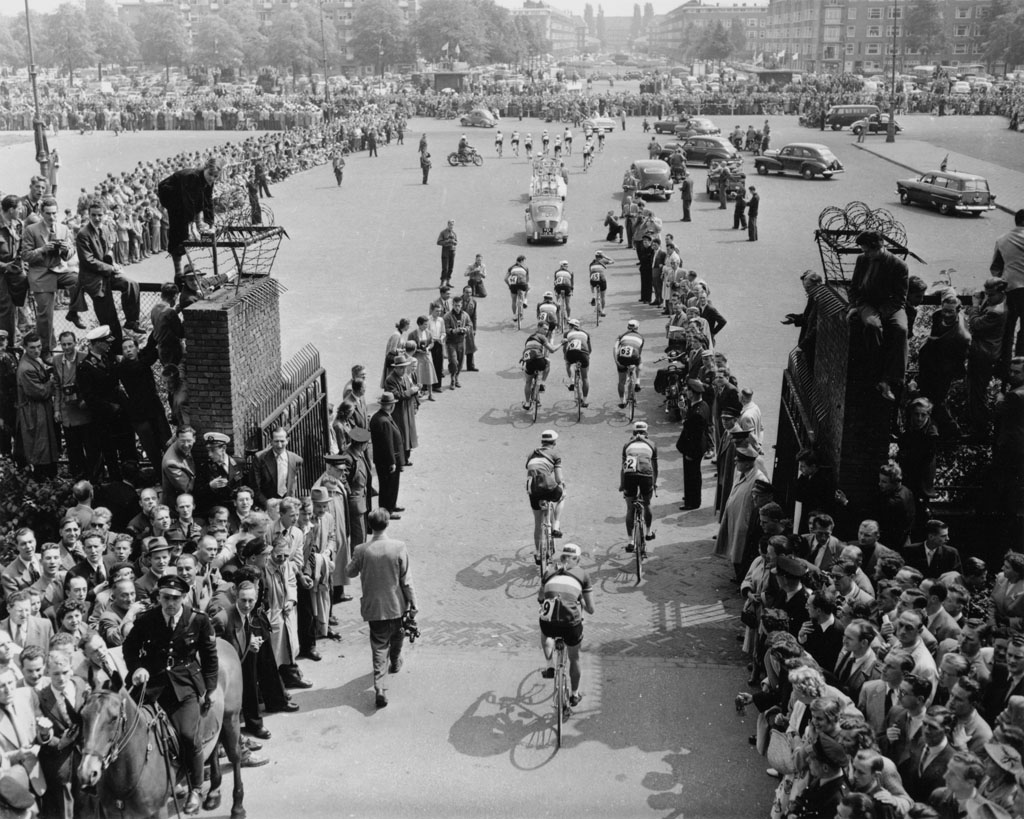The Tour de France, one of the most prestigious and grueling cycling races in the world, has a name that suggests it is a purely French event. However, while the majority of the race is indeed held within France, the
Tour de France has historically ventured beyond the country’s borders,
making it an international event in more ways than one.
Tour de France was first organized in 1903 by the French newspaper L’Auto as a means to boost its circulation. The race was designed as a test of endurance, with cyclists covering vast distances across France. The tradition of the Tour de France has always been deeply rooted in French culture and geography. Each year, the route changes, but it invariably highlights key French regions, cities, and landmarks. This focus on France itself is central to the identity of the Tour, as the race is as much a celebration of the nation’s natural beauty as it is a competitive sporting event.
Early trips to abroad
However, Tour de France visited the neighbouring countries before World War I (1914-1918) already. The peloton first crossed international borders during the 1906 Tour de France, marking a significant moment in the race’s history. That year, the route ventured briefly into Italy, Germany, and Spain, although no foreign towns hosted the start or finish of any stage—these crossings were merely part of the course itself. The 1906 Tour set a precedent for international expansion, though it wasn’t until the following year that a foreign city would play a more prominent role.
A notable event occurred during the 1907 edition when the second stage concluded in Metz, a city located in the Alsace-Lorraine region, which had been annexed by Germany after the Franco-Prussian War of the 1870s. While the German authorities permitted the race to finish in Metz, they imposed strict conditions: the French flag was prohibited, and the race officials’ cars were not allowed to enter the city. The stage winner was presented to Count Zeppelin, the governor of Alsace-Lorraine. Interestingly, the outcome of the stage was mired in confusion; initially, Louis Trousselier was declared the victor, but a few days later, the jury corrected their decision, awarding the stage to Émile Georget as well.
The reception from the local spectators in Metz was less than warm. Hostility was evident, with nails being thrown onto the road, a tactic not uncommon in those days. Such dangerous obstacles were often placed by overzealous fans hoping to sabotage the competitors of their favored riders. This early cross-border interaction highlighted not just the growing international scope of the Tour but also the political tensions that still lingered from historical conflicts.
Frequent starts from abroad
The tradition of the Grand Départ in foreign cities, which began in 1954 with a start in Amsterdam, Netherlands, can be seen as an extension of the early 20th-century practice of crossing into neighboring countries. The inclusion of international stages became more formalized, and the race began to regularly start or pass through countries like Belgium, Spain, and Italy.

Over the years, the Tour has started in various European countries, including Belgium, Germany, the United Kingdom, Switzerland, and Spain. Each of these international starts brings its own unique flair to the race, while still maintaining the core elements that make the Tour de France recognizable.
The inclusion of foreign starts and stages is a testament to the Tour’s growing global appeal. It allows the race to tap into new markets, attract international sponsors, and engage fans from different parts of the world. Moreover, these international stages often pass through regions with their own rich cycling traditions, adding a layer of cultural exchange to the event.
Several international stages of the Tour de France have become iconic in their own right.
For example, in 1992, the race started in San Sebastián, Spain, which was a nod to the country’s strong cycling culture. Similarly, the 2007 edition began in London, marking the first time the Tour had started in the United Kingdom. This Grand Départ was especially significant, as it highlighted the growing popularity of cycling in the UK, a trend that would later be bolstered by British riders’ successes in the Tour.
Another noteworthy international foray was the 2015 Grand Départ in Utrecht, Netherlands. The Dutch are known for their passion for cycling, and the flat, urban landscapes provided a fast and thrilling start to the race. More recently, in 2022, the Tour began in Copenhagen, Denmark, further emphasizing the race’s expanding geographical footprint. These starts not only draw large local crowds but also boost tourism and economic activity in the host cities.
The Grand Départ of Tour de France 2025 will be held in Lille, France on 5 July 2025.